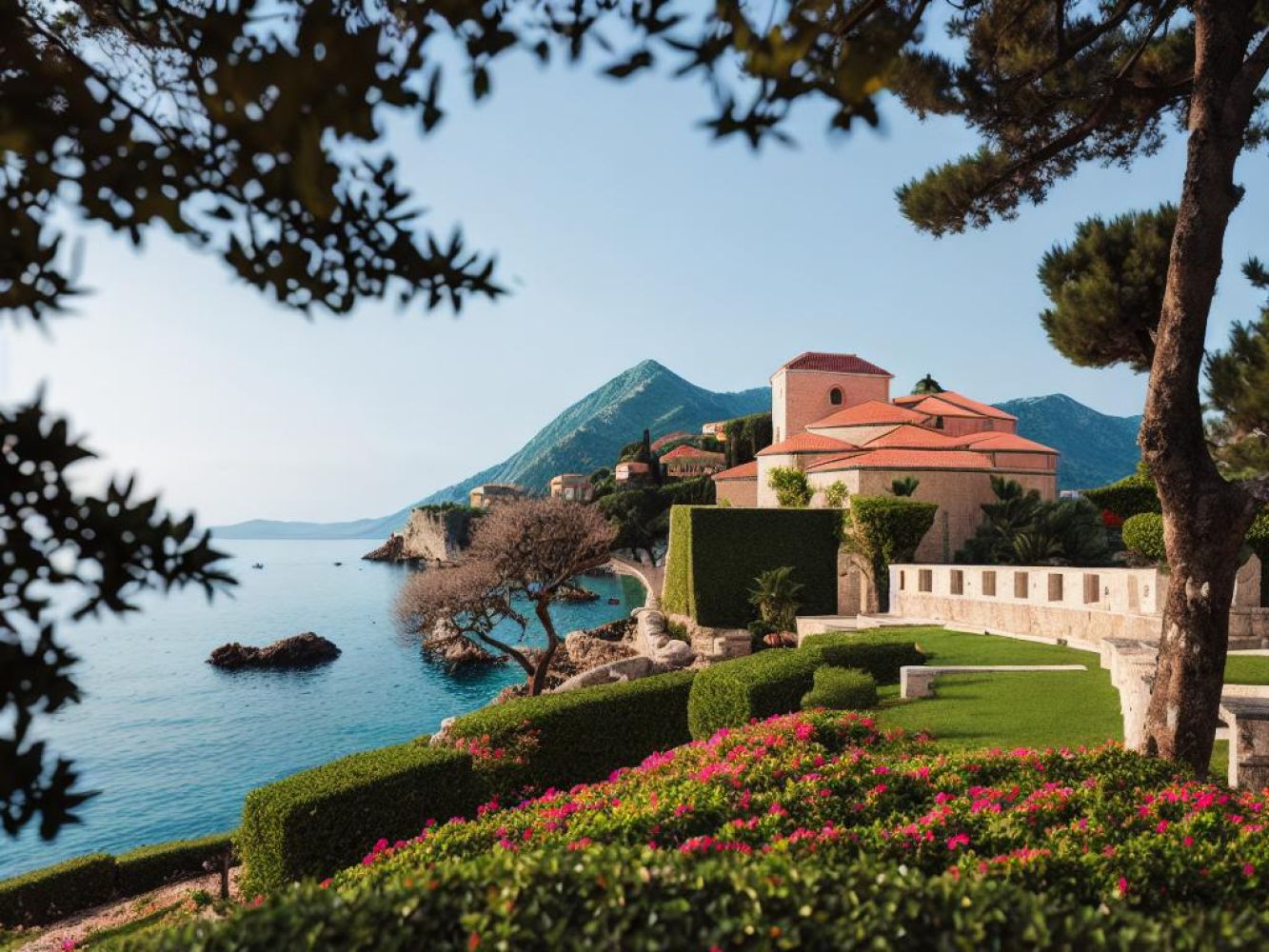Understand
Long ago, a powerful Turkish fleet set sail into the Adriatic Sea, seeking to plunder the wealthy coastal towns of Boka, including a small town founded in the 15th century. As fate would have it, bad weather forced the fleet to take refuge at Jaz beach, located at the bottom of Grbaljsko field near Kotor. While the guards remained with the galleys, the rest of the Turkish soldiers marched towards Kotor to unleash their havoc. However, word quickly spread to the Pastrovics, a brave tribe of warriors who were determined to protect their town and assist the Kotorans in their defense. With great courage, they launched a surprise attack on the Turks, emerging victorious. On their way back, they encountered the Turkish galleys at Jaz beach, where a fierce battle ensued. Through divine intervention, the Pastrovics vanquished the remaining Turkish crew and claimed victory. Filled with triumph, the Pastrovics made a momentous decision. They not only divided the spoils of war among themselves but also constructed a fortress on a rocky island near the coast. Each of the Pastrovic's 12 tribes was granted their own house within the fortress, and a devoted church in honor of St. Stefan, the protector of the Pastrovics. This fortress served as a stronghold against the Turks, pirates, and other enemies, providing a sanctuary for women, children, and the elderly during times of attack. It also served as a storage space for essential provisions such as corn, oil, wine, meat, honey, and more. The conquered Turkish galleys were sunk, erasing all traces of their presence. Historical records confirm the existence of this legendary tale, with the first mention of St. Stefan dating back to 1442 when it served as an advanced guard house. The fort itself was previously built and named after the church of the same name, constructed concurrently with the settlement in the fortress. In ancient documents, Sveti Stefan is referred to as the place of justice, serving as the crucial center of the Pastrovics' township and tribe. For 400 years, the court Bankada convened here, usually at Pjaca, the space in front of the main gate. Disputes and misunderstandings among the tribes were settled in this hallowed place until 1929. During the first half of the 19th century, Fortress Sveti Stefan experienced a remarkable rise. It boasted 100 houses, three churches, and a population of 400 within its small, enclosed space bounded by the sea and walls. There was no room for more growth. However, the dawn of the 20th century brought an abrupt decline in economic power and political significance. Most of the inhabitants departed as the best men went to war and many others migrated to America. By 1912, only 150 individuals remained, dwindling to a mere 20 by 1954. In 1954, a group of visionary architects and artists embarked on an ambitious project to restore and repurpose the abandoned houses. With the assistance of the communist government, which relocated the remaining 20 inhabitants, they successfully transformed the ruins into a unique town-hotel. The result was an extraordinary and luxurious resort complex, recognized as the pinnacle of tourism on the Adriatic and Mediterranean. The expertly executed renovations preserved the exterior of the buildings while lavishly decorating the interior spaces, creating opulent apartments. Throughout the 1970s, Sveti Stefan became a favored destination among celebrities, attracting illustrious guests such as Willy Brandt, Bobby Fischer, Boris Spassky, Sophia Loren and Carlo Ponti, Monica Vitti, Ingemar Stenmark, Kirk Douglas, Jonathan Miller, and Claudia Schiffer. It remained the most exclusive resort on the Montenegro coast until the 1990s when its fortunes waned amidst the breakup of the former Yugoslav federation. In early 2007, Amanresorts, a prestigious luxury resort operator from Singapore, secured a 30-year lease to manage Sveti Stefan, along with the Miloer and Kraljiina beach resorts. Consequently, the island is now exclusively reserved for resort guests. Nevertheless, the beaches to the north and south of the island are accessible to the public, providing a glimpse of the enchanting coastline. Visitors can park their vehicles by the beach for a fee of 12, and those eager to explore the North Beach can enter for a fee of 50.
Map & Climate
Popular Foods
 Cevapi - Cevapi are grilled meat patties made from minced beef or lamb, seasoned with a blend of spices including paprika, garlic, and black pepper. Often served in a pita bread with ajvar (a red pepper and eggplant spread), onions, and sour cream. It's a staple street food found all across Montenegro.
Cevapi - Cevapi are grilled meat patties made from minced beef or lamb, seasoned with a blend of spices including paprika, garlic, and black pepper. Often served in a pita bread with ajvar (a red pepper and eggplant spread), onions, and sour cream. It's a staple street food found all across Montenegro.






Comments
NO COMMENTS